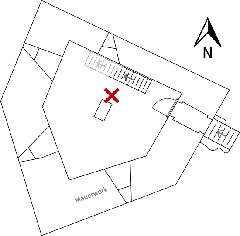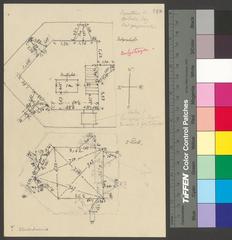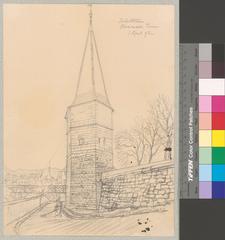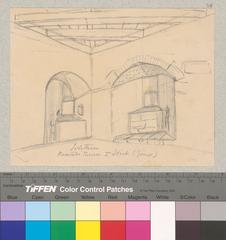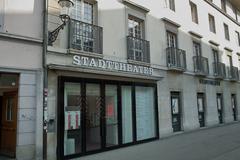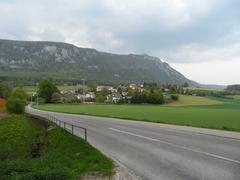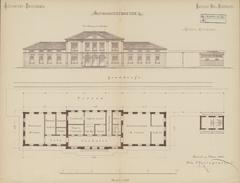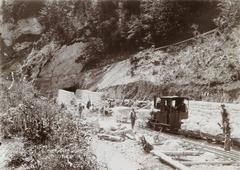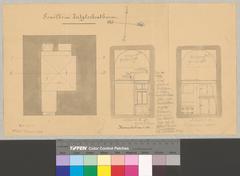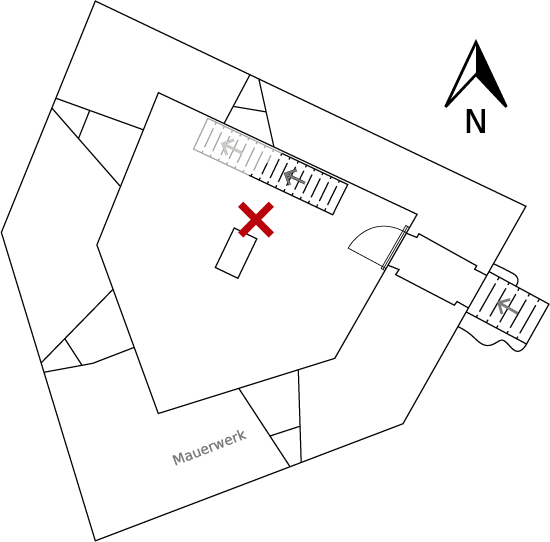
Krummturm Solothurn Visiting Guide
Published Date: 01/08/2024
Introduction
The Krummturm, also affectionately known as the Crooked Tower, stands as one of the most remarkable historical edifices in Solothurn, Switzerland. This medieval marvel, originating from the 12th century, is a testament to the city’s rich architectural and cultural heritage. Throughout the centuries, it has played a pivotal role in Solothurn’s defense, serving as both a lookout point and a military stronghold. The tower’s unique slightly leaning structure, from which it derives its name, has captivated historians and tourists alike. This guide aims to delve into the Krummturm’s fascinating history, architectural significance, and practical visiting information. Whether you’re a history enthusiast or a casual traveler, exploring the Krummturm offers a profound insight into Solothurn’s storied past (Solothurn tourism website).
Contents Overview
- Introduction
- Origins and Early History
- Architectural Significance
- Role in Solothurn’s Defense
- Historical Events
- Restoration and Preservation
- Cultural Significance
- Visitor Experience
- Accessibility and Practical Information
- Nearby Attractions
- FAQ
- Conclusion
Origins and Early History
The Krummturm’s origins date back to the medieval period, specifically the 12th century. The tower was initially constructed as part of the city’s fortifications, serving both as a defensive structure and a lookout point. The name “Krummturm” is derived from its slightly leaning structure, which has become a distinctive feature over the centuries.
Architectural Significance
The Krummturm is a prime example of medieval military architecture. Standing at approximately 54 meters tall, the tower is constructed primarily from local limestone. The tower’s walls are notably thick, measuring up to 2.5 meters in some sections, providing robust defense against potential invaders. The structure includes narrow slit windows, designed for archers to defend the city while remaining protected.
Role in Solothurn’s Defense
Throughout its history, the Krummturm played a crucial role in the defense of Solothurn. During the 14th and 15th centuries, the tower was part of a larger network of fortifications that protected the city from external threats. The strategic location of the Krummturm allowed guards to monitor the surrounding area and communicate with other towers and fortifications through a series of signals, including fires and flags.
Historical Events
The Krummturm has witnessed numerous historical events that have shaped Solothurn’s history. One of the most notable events was the Burgundian Wars (1474-1477), during which the tower served as a key defensive position. The city of Solothurn was an ally of the Old Swiss Confederacy, and the Krummturm played a significant role in repelling Burgundian forces. The tower’s defensive capabilities were put to the test, and its successful defense contributed to the city’s reputation as a formidable stronghold.
Restoration and Preservation
Over the centuries, the Krummturm has undergone several restoration efforts to preserve its historical integrity. The most significant restoration took place in the 19th century when the tower was reinforced to prevent further leaning and structural damage. Modern preservation techniques have been employed to maintain the tower’s stability while preserving its historical features. Today, the Krummturm is a protected historical monument and is maintained by the local government and heritage organizations.
Cultural Significance
The Krummturm is not only a historical landmark but also a cultural symbol of Solothurn. It represents the city’s rich medieval heritage and its resilience in the face of external threats. The tower is a popular tourist attraction, drawing visitors from around the world who are interested in medieval architecture and history. The Krummturm is also featured in various cultural events and festivals, further cementing its status as a symbol of Solothurn’s historical and cultural identity.
Visitor Experience
Accessibility and Practical Information
The Krummturm is conveniently located in Solothurn’s old town, making it easily accessible to visitors. The tower is open to the public year-round, with extended hours during the summer months. Admission fees are modest, and discounts are available for groups and students. Visitors are advised to wear comfortable footwear, as the climb to the top involves navigating narrow staircases.
For more information on visiting the Krummturm, including opening hours and ticket prices, visitors can refer to the official Solothurn tourism website.
Nearby Attractions
While visiting the Krummturm, be sure to explore other nearby attractions in Solothurn. Highlights include St. Ursen Cathedral, the Old Arsenal Museum, and the Jesuit Church. These sites offer a deeper dive into the city’s rich history and cultural heritage.
FAQ
What are the Krummturm’s visiting hours? The Krummturm is open year-round, with extended hours during the summer months.
How much are the tickets for Krummturm? Admission fees are modest, with discounts available for groups and students.
Is Krummturm accessible for people with disabilities? The tower’s narrow staircases may pose challenges for those with mobility issues.
Conclusion
The Krummturm stands as a testament to Solothurn’s medieval history and architectural prowess. Its role in the city’s defense, coupled with its unique leaning structure, makes it a fascinating destination for history enthusiasts and tourists alike. Through ongoing preservation efforts, the Krummturm continues to be a symbol of Solothurn’s rich cultural heritage and historical significance.
Sources and References
- Solothurn tourism website. (n.d.). Explore Krummturm: History, Visiting Hours, and Tickets. Solothurn tourism website
- Solothurn. (n.d.). Visiting Krummturm: History, Tickets, and Travel Tips for Solothurn’s Curved Tower. official website
